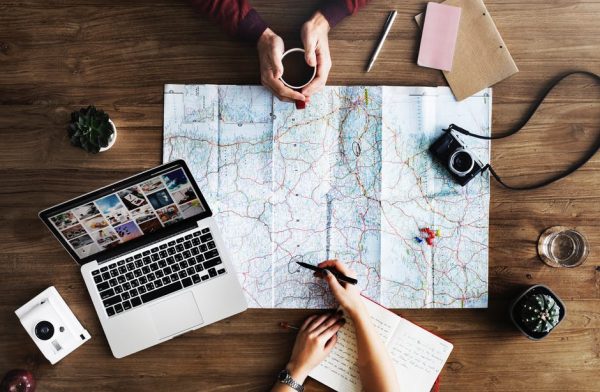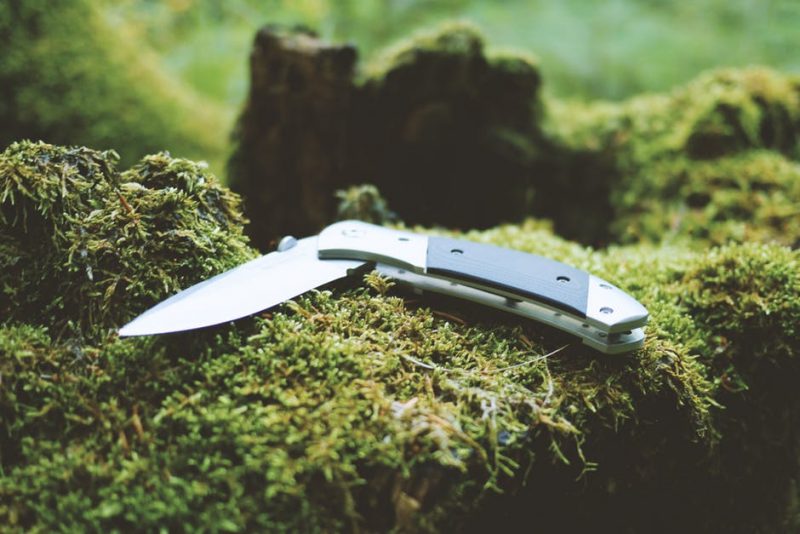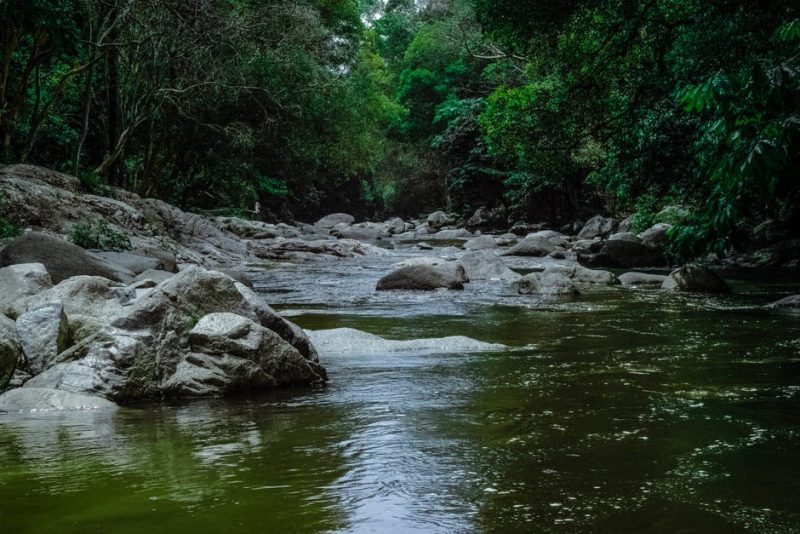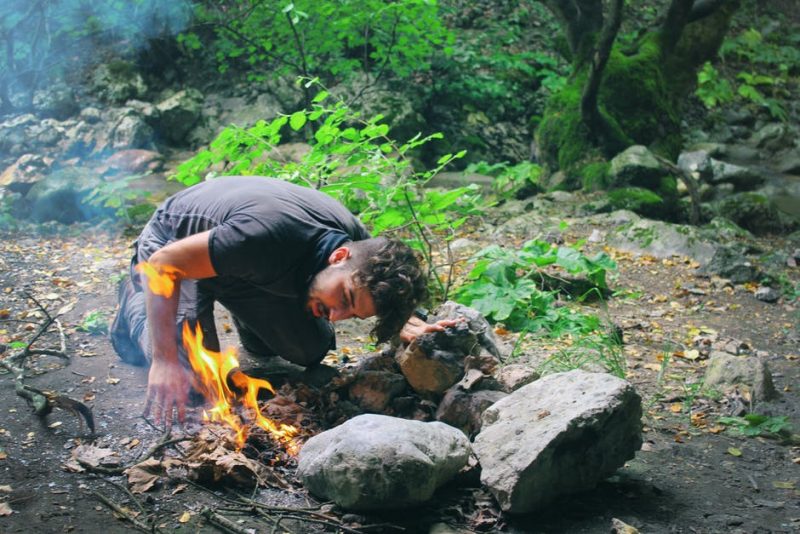Getting lost in the forest – survival guide
Have you ever thought how today’s generations knows how to survive in the concrete jungle fine, but when it comes to spending some time in the wilderness, we become scared, confused and lost? It’s kind of sad to think that the streets, the buildings, and the pavements seem more friendly to us than a green forest with rivers and springs flowing through it. How did things get to such a sad state of affairs. Here’s a short guide on how to survive and what to do if you get lost in a forest.
Research

If you are planning a hiking excursion to a nearby forest, first gather together as much information about the area as you can. Ask friends who have already been there, search the web, read hiking diaries, join the local hiking club, check the typical weather you can expect and then check the forecast, and make your itinerary. Unless you’re sure that there is a straight and marked trail where you’re going, you need to do all of this preparation. Print a map because you can never rely on your phone.
Let someone know where you’re going and for how long
You MUST tell someone where are you going and how long are you planning to go for. In case of an emergency, you would like to have someone looking for you and raising a rescue team to look for you.
Make a list of useful survival items

If you’re going on a hiking trip in an unknown forest, you need to do some about the things you need to pack. For example, a whistle is a must in a case you get lost. Then you’ll need a compass, a good knife, some matches (wrapped in a waterproof material), cord, a sleeping bag, and extra clothes. And plenty of drinkable water. If you get lost you never know how much time you’ll need to spend in the forest until someone finds you.
Don’t get far from your zero point
If you do get lost, explore the area, but never get too far from your zero point. The chances that someone will find you are bigger if you stay in one place. Put a bunch of rocks or branches together just to mark where your starting point is.
Find water

Remember that water is the most precious thing you have in the woods. Without food, you can live up to three weeks, but without water only three days. Find a spring or a river and try to purify the water by boiling it for two minutes. This will kill most bacteria. If there is no spring or river, gather dew from plants in the morning and drink it. By drinking water in the wilderness, there’s always a risk of getting ill, but at least you’ll be alive.
If they don’t find you by nightfall, build a shelter
If you think there is a possibility that you’re going to spend a night in the woods, then start constructing a simple shelter. Firstly, look around to see if there is an abandoned cottage or other building nearby. If not then find a tree around which you can build your one-night home. Being in a forest should provide you with plenty of material for your shelter. Use your imagination and see what you can do with different-sized branches. Gather dry leaves as they are a good form of insulation. If you have plastic bags, use them to insulate the top and the bottom of your shelter.
Build a fire

Look for twigs, dry paper, dry leaves, cardboard boxes and anything that can catch fire easily. Also, gather some bigger pieces of wood that will serve as the base of your fire. Find dry ground and clear a circular area that you’ll surround with stones. Put two big logs in the middle and add the paper, the twigs, and the dry leaves. Smaller things burn easier and will help the bigger logs to catch fire. Learn about wildfire risks before you go hiking and keep your fire, and the forest, safe.
Find a food source
When going hiking be sure to take a lot of high-calorie foods that will last you for some time. If you get stuck in the forest for a longer period than you had planned, remember this as a general rule: cook any insects or small animals you might find. Try to catch a fish if there’s a river near. At the end of the day, if you’re not sure if something you find is safe to eat, it’s better to go hungry than be poisoned.
If you have any comments then please drop us a message on our Outdoor Revival Facebook page
If you have a good story to tell or blog let us know about it on our FB page, we’re also happy for article or review submissions, we’d love to hear from you.
We live in a beautiful world, get out there and enjoy it. Outdoor Revival – Reconnecting us all with the Outdoors.





